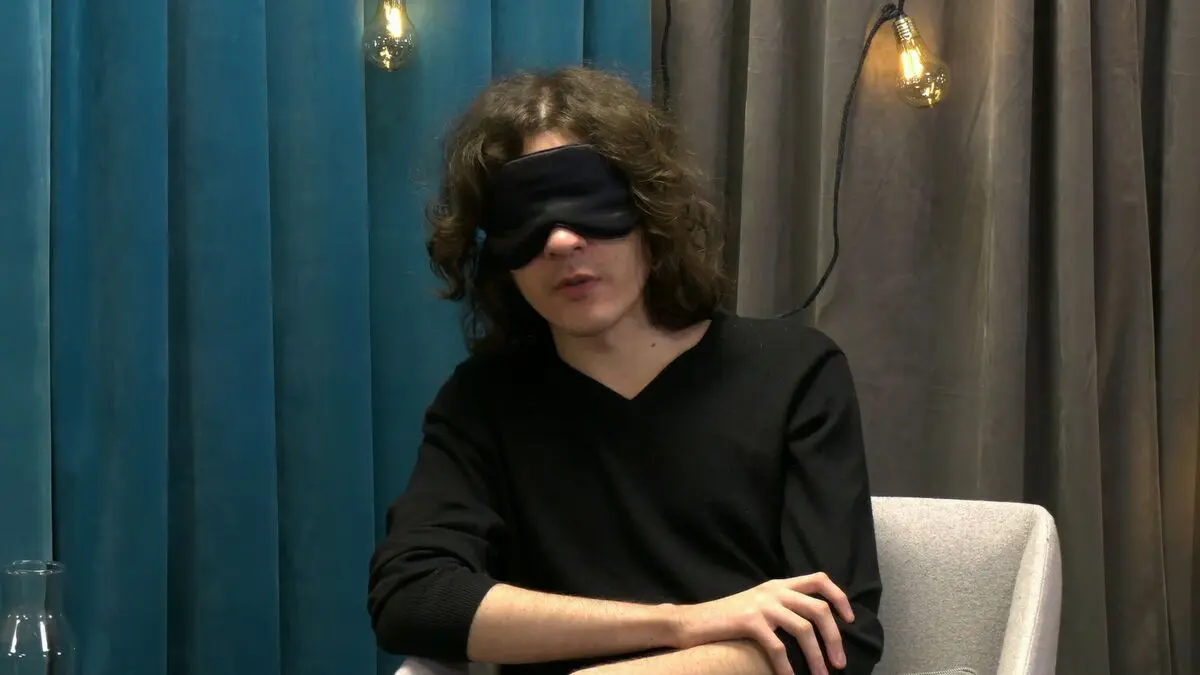During a period, several sensational escapes and releases from Sis-homes occurred. For example, a convicted teenage boy was released during a transport to a dentist's appointment.
However, the number of escapes has decreased by 30 percent over the past year. Compared to two years ago, it's more than a halving.
According to Sis, this is due to increased security.
More and more are involved in organized crime among those placed at Sis. As a result, we have strengthened security at our homes over several years, says youth care director Birgitta Dahlberg.
Will not return
This includes, among other things, improved perimeter protection at the homes, but also increased awareness of the risks associated with this group.
If we have a young person with higher risk, we need, for example, to have a higher number of staff around them when they go to school on the institution's premises, says Birgitta Dahlberg.
She also points out that new legislation giving Sis the right to restrict the use of mobile phones by young people has had an effect.
Today, most escapes according to Sis involve young people who do not return after visits to the home or who deviate from more open units where they can participate in activities.
The lockability can also be counterproductive, for example, for girls who are cared for due to self-harm, which means that they must be allowed to stay in more open forms as part of the discharge process. Then it's clear that there are risks that they will not return when they should, says Dahlberg.
Almost all who have deviated have been forcibly cared for according to LVU. Among those sentenced to closed youth care, none have escaped during the last two years. However, three did not return when they should after home visits.
Used as perpetrators
The police have recently testified in the gang war that many of the young people used as perpetrators are on the run from LVU placements. But according to Birgitta Dahlberg, it's mainly about young people who have escaped from HVB homes.
Don't you have to completely stop the escapes?
The deviations that must not occur are the deviations from locked units where we assess the risks as high for the young person or someone outside to come to harm. And they have essentially ceased, says Birgitta Dahlberg.
Number of LVU-placed who have escaped:
2024: 171
2023: 248
2022: 420
2021: 359
2020: 426
Number of those sentenced to closed youth care who have escaped:
2024: 2 (did not return)
2023: 1 (did not return)
2022: 2 (deviated from institution/supervised outing)
2021: 6 (majority deviated from institution)
2020: 26 (majority deviated from institution)
Source: Sis





